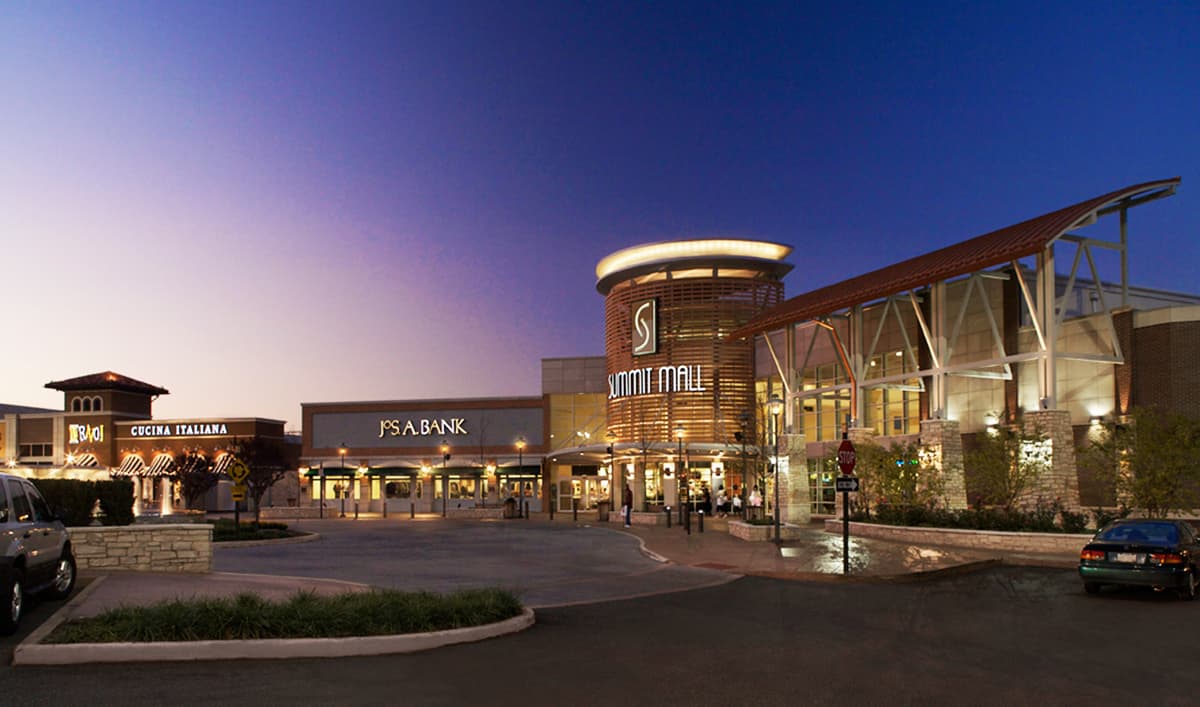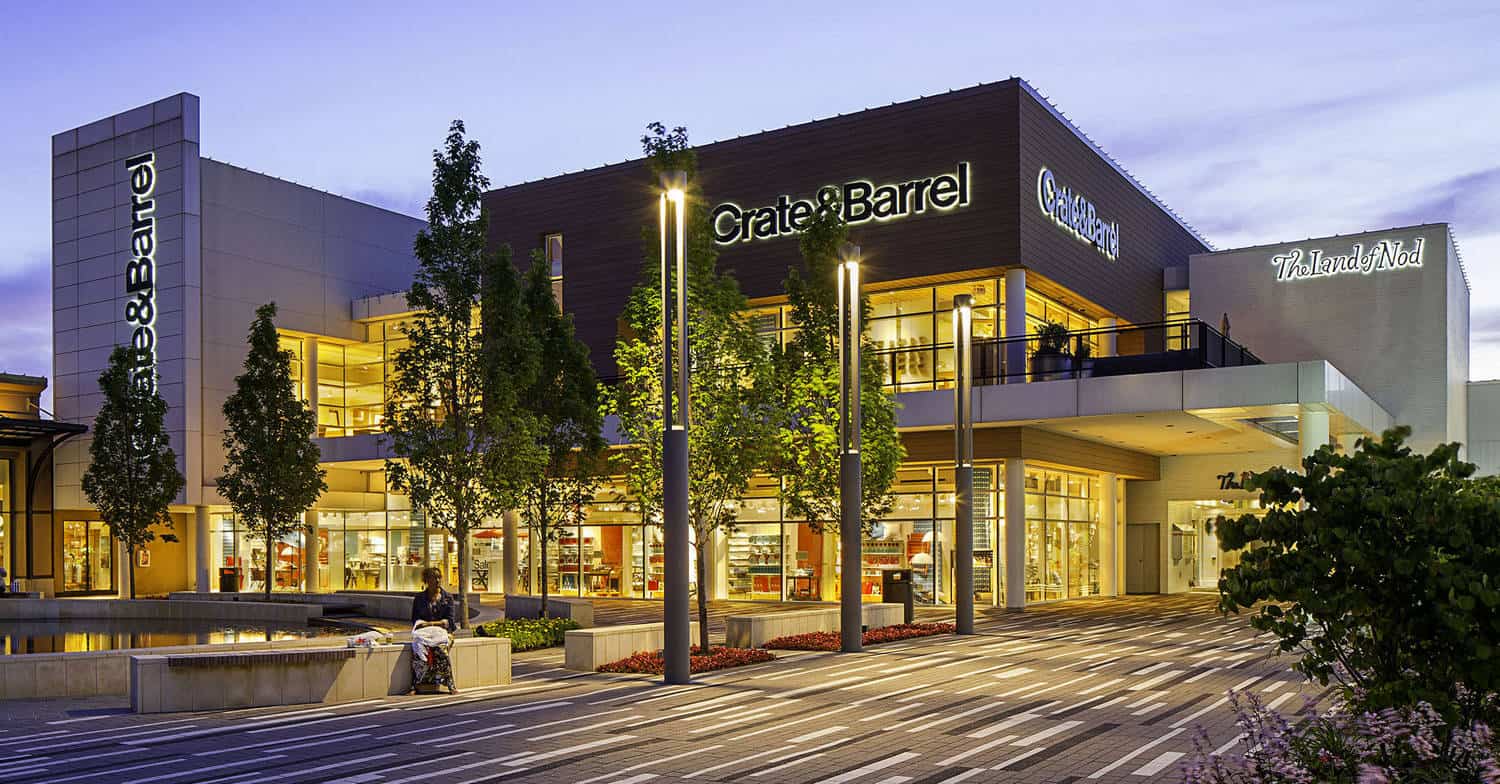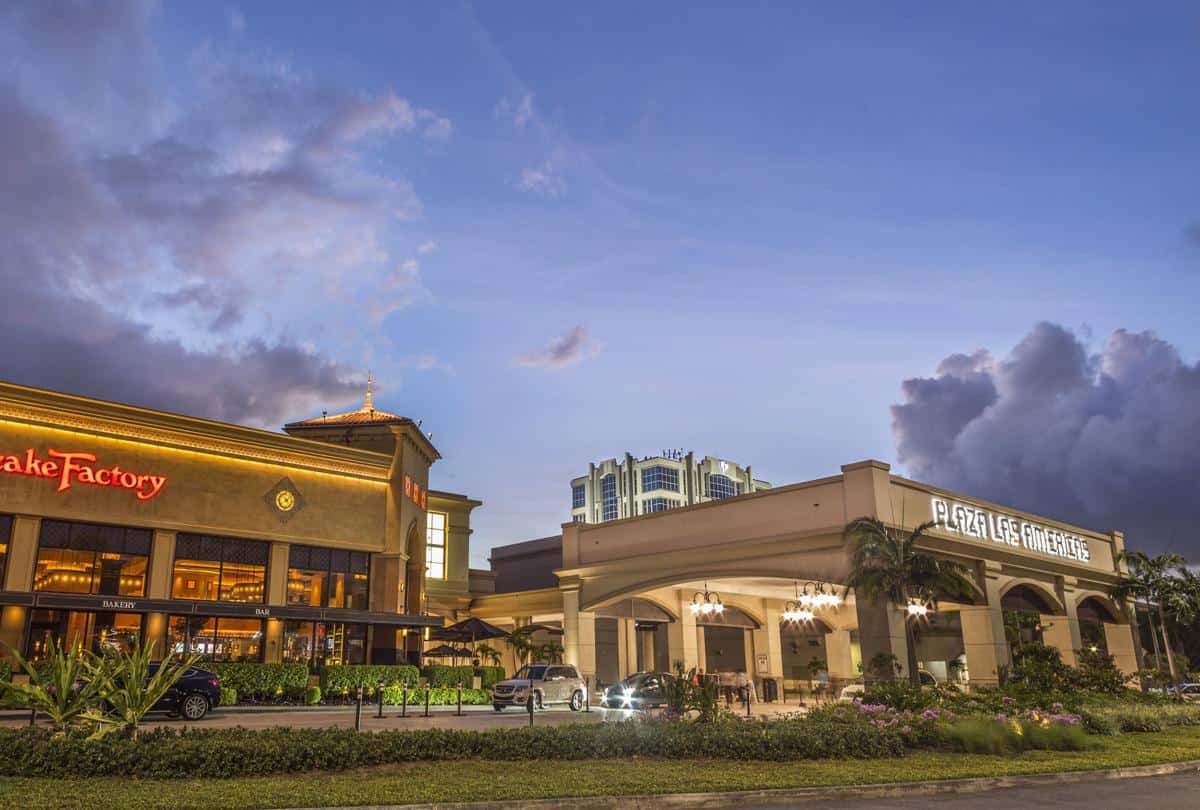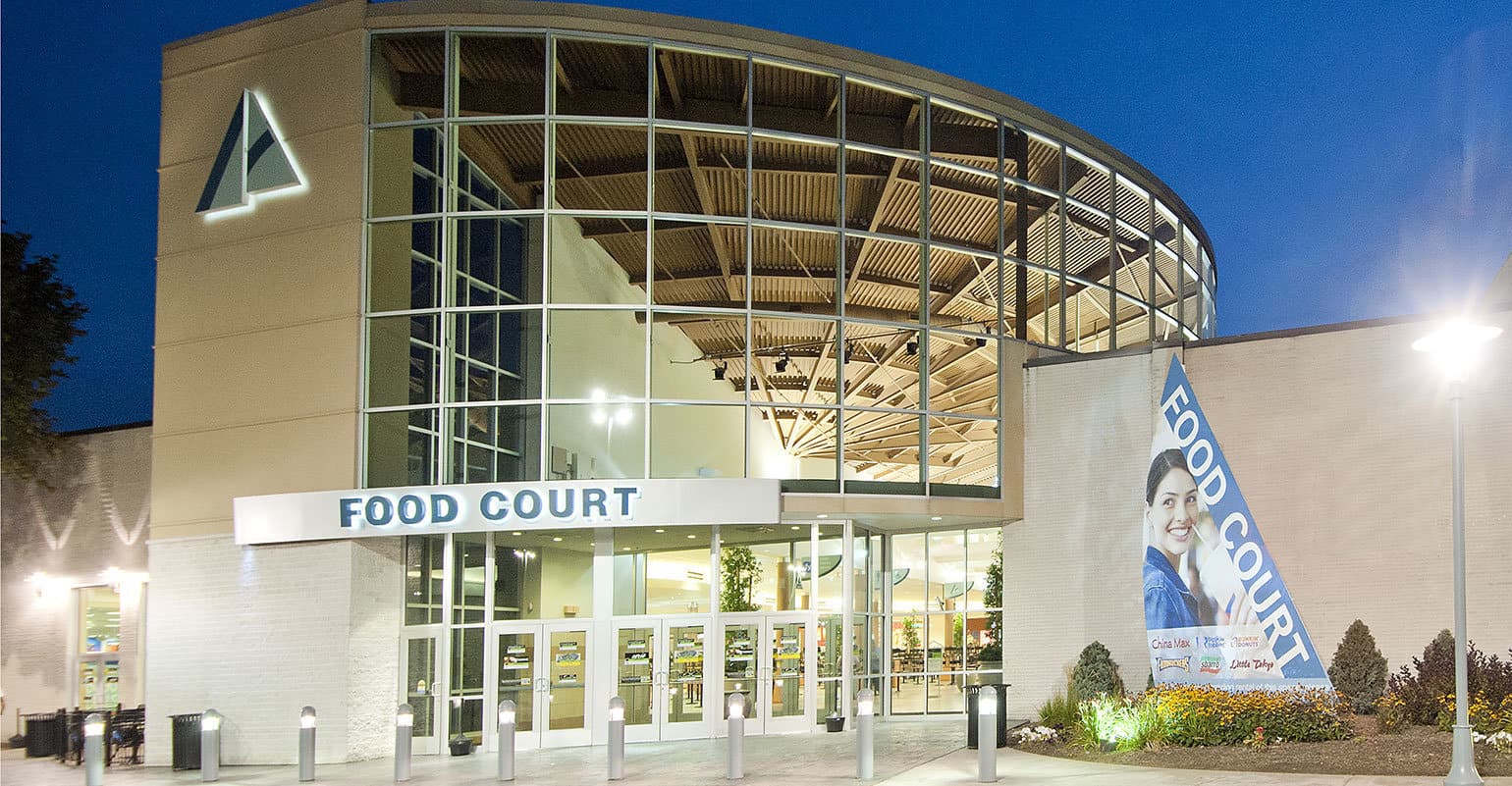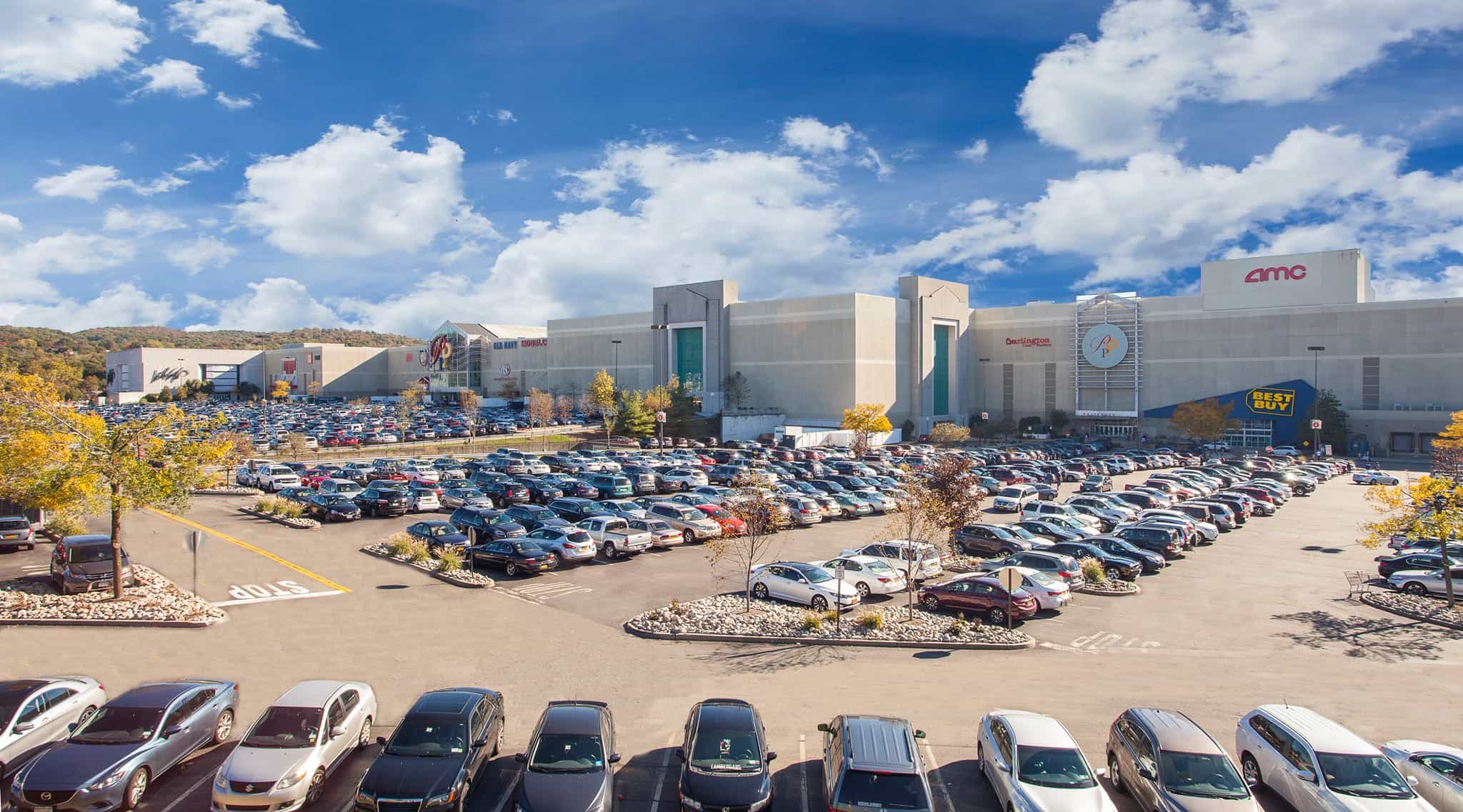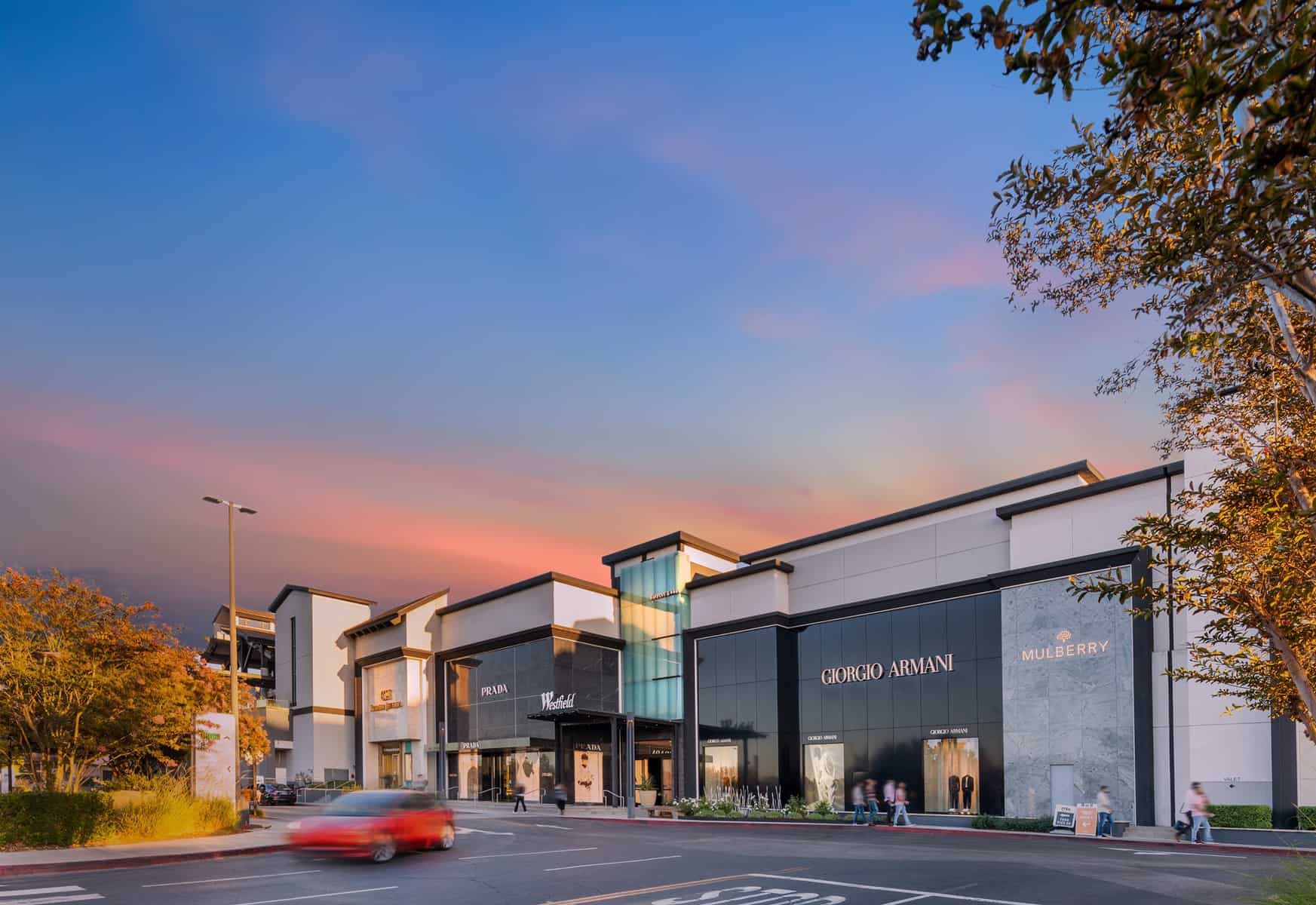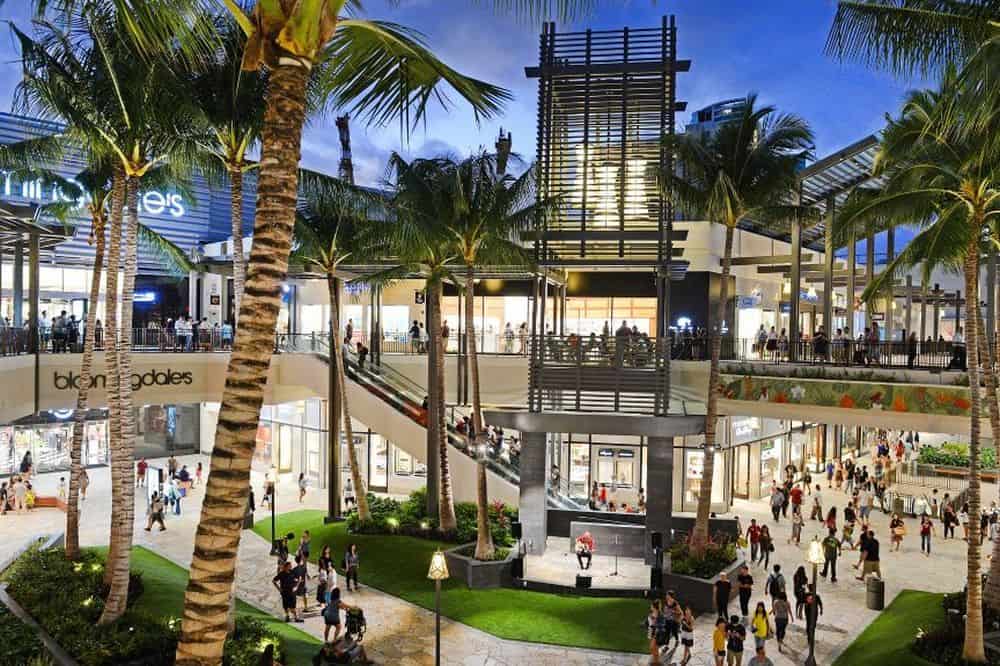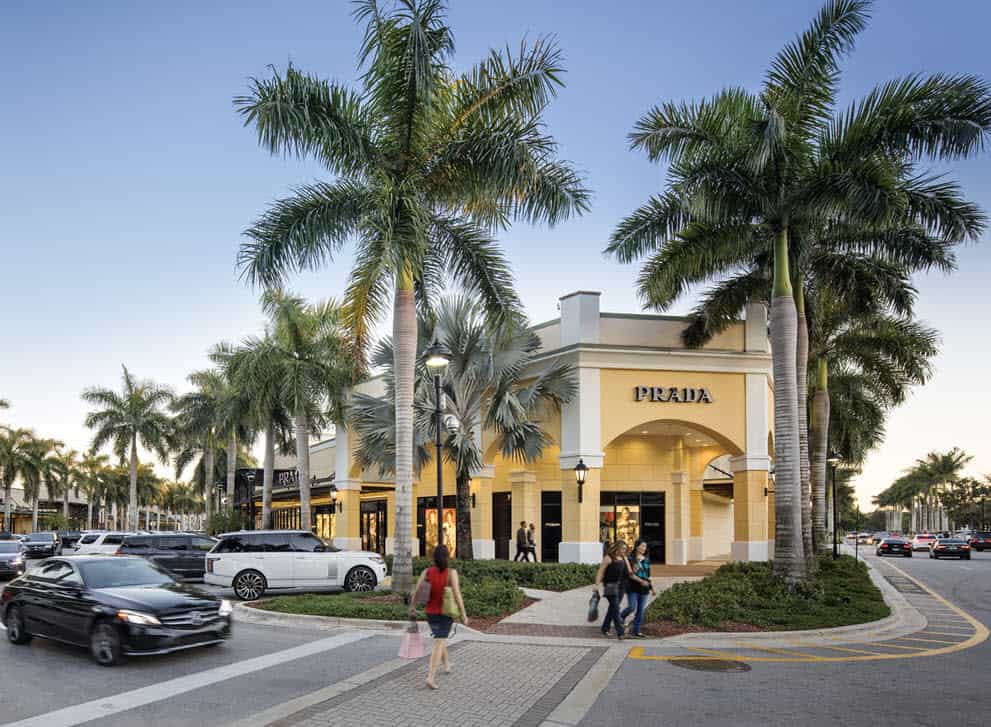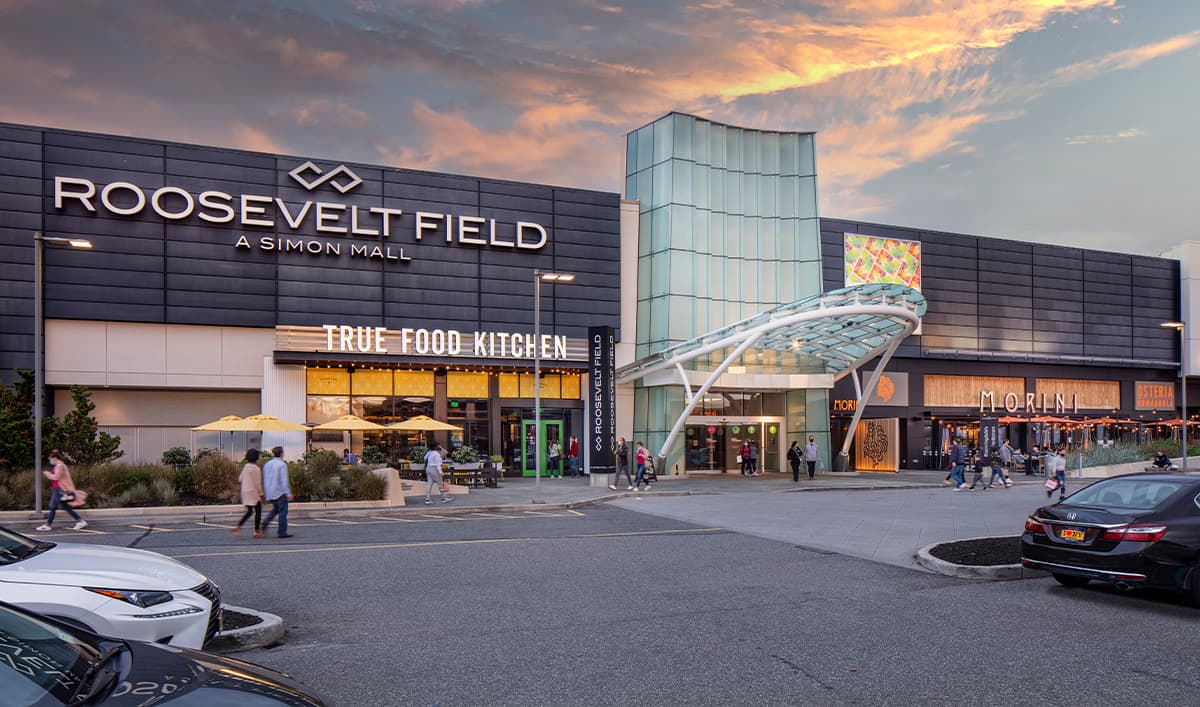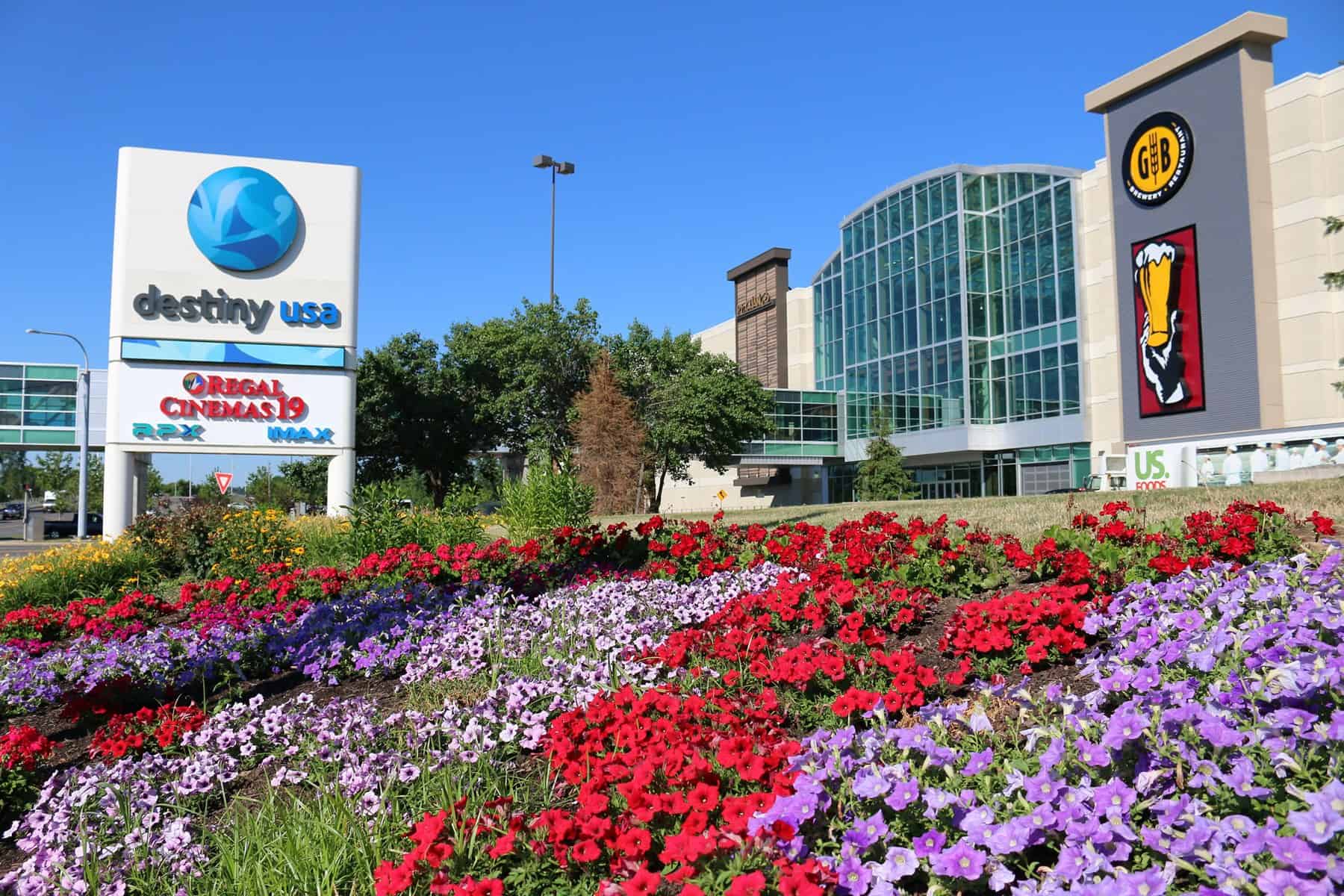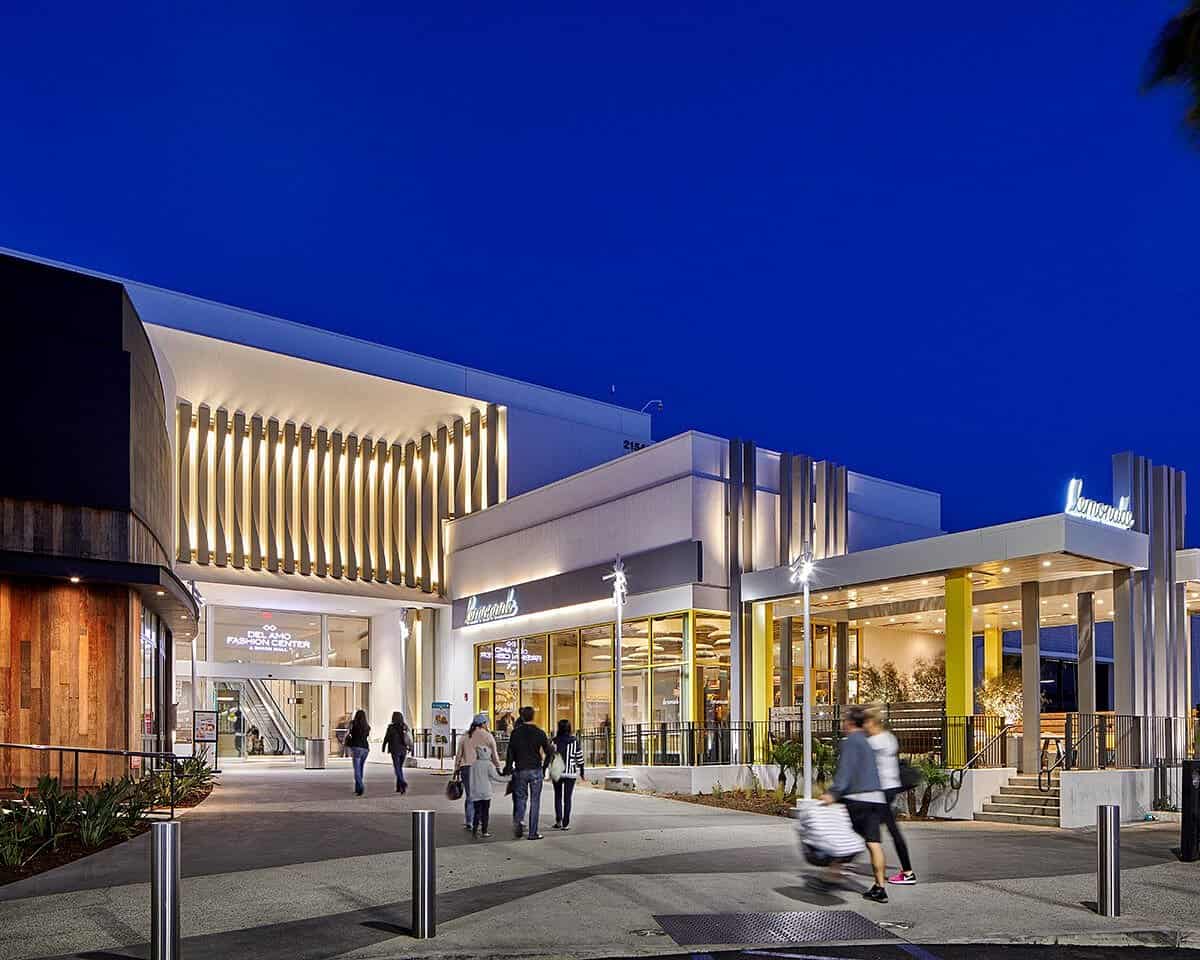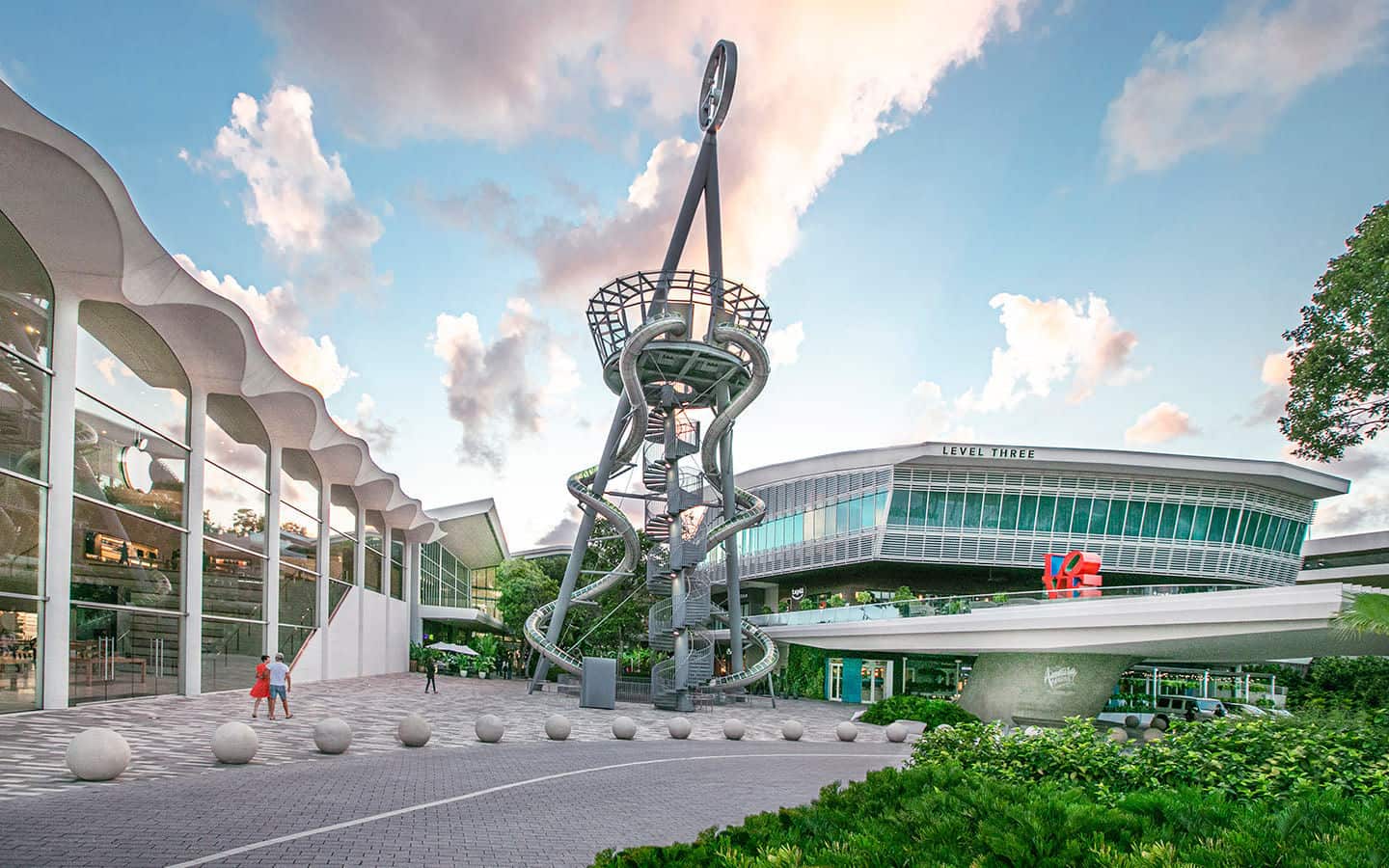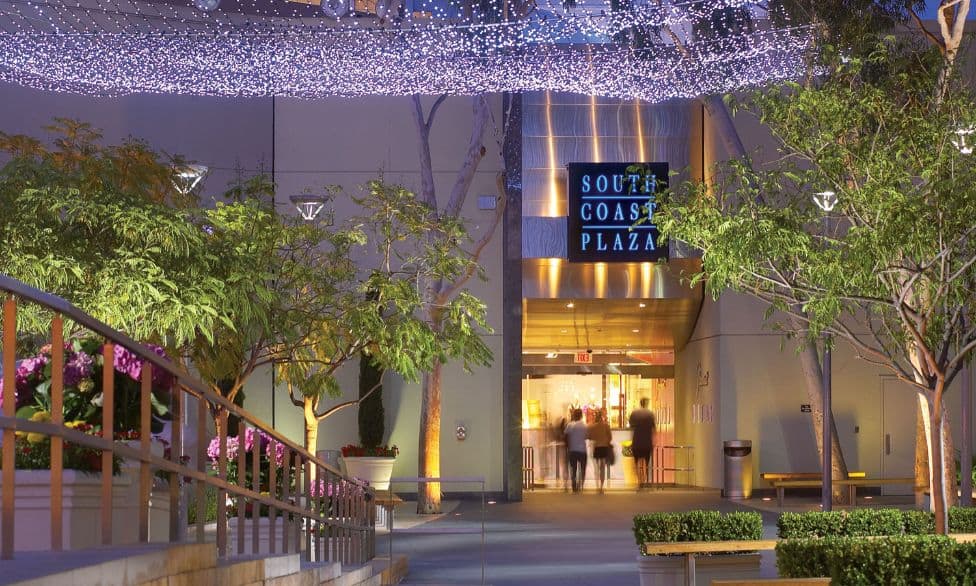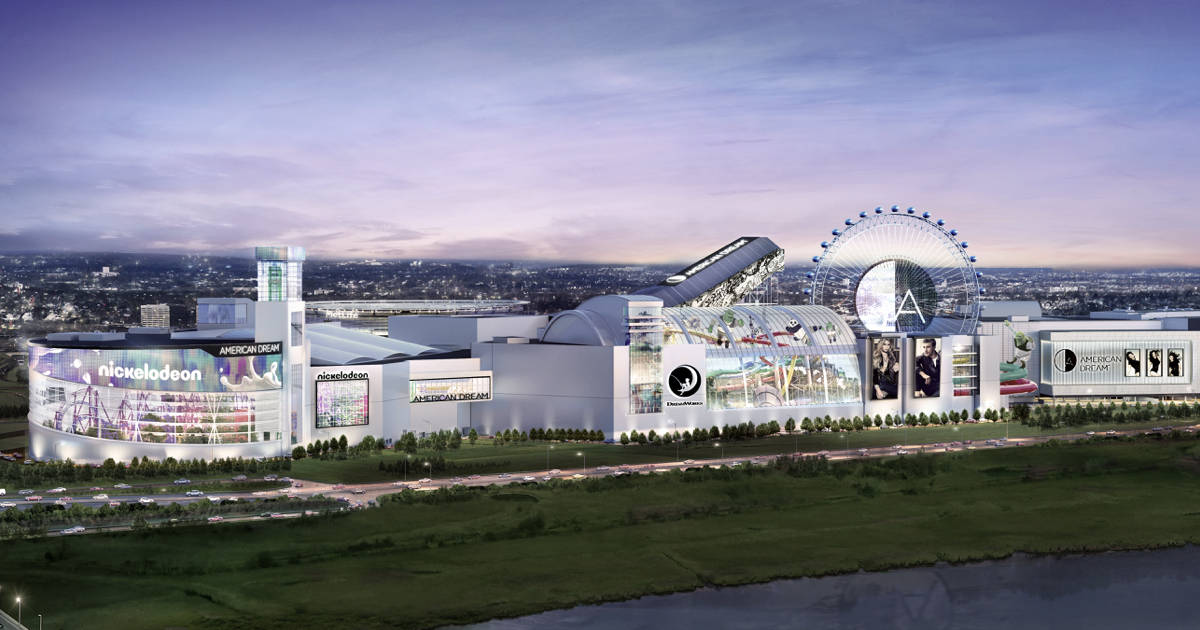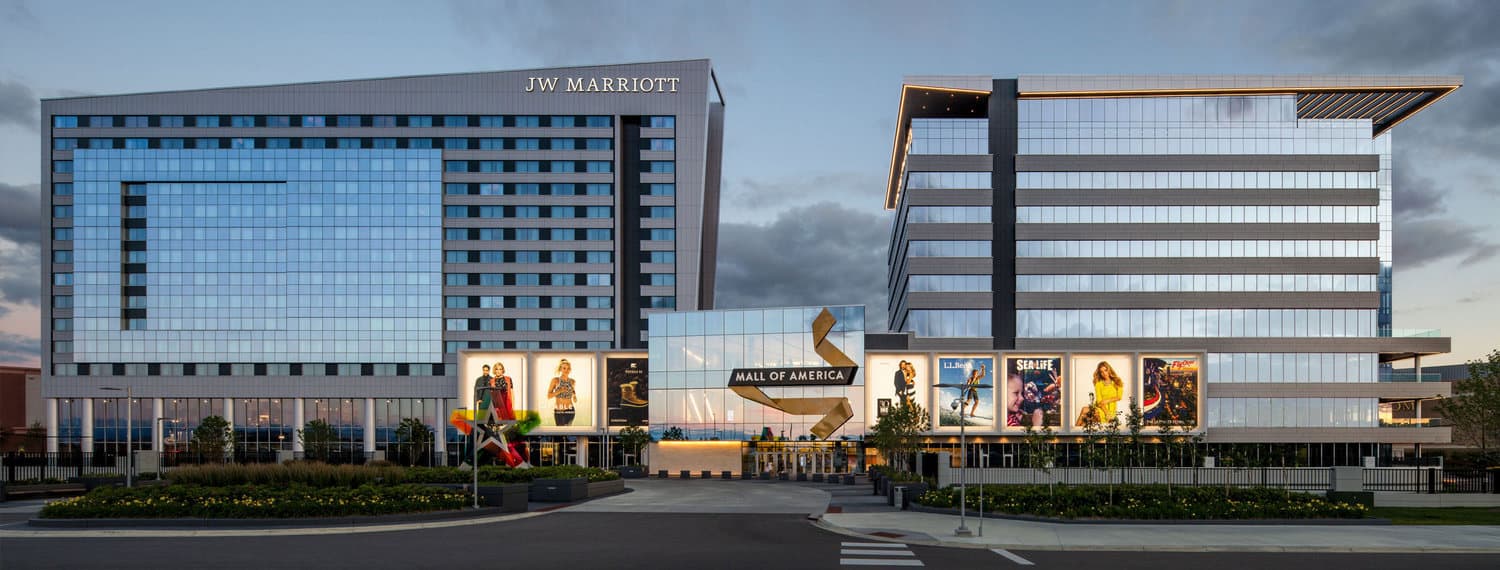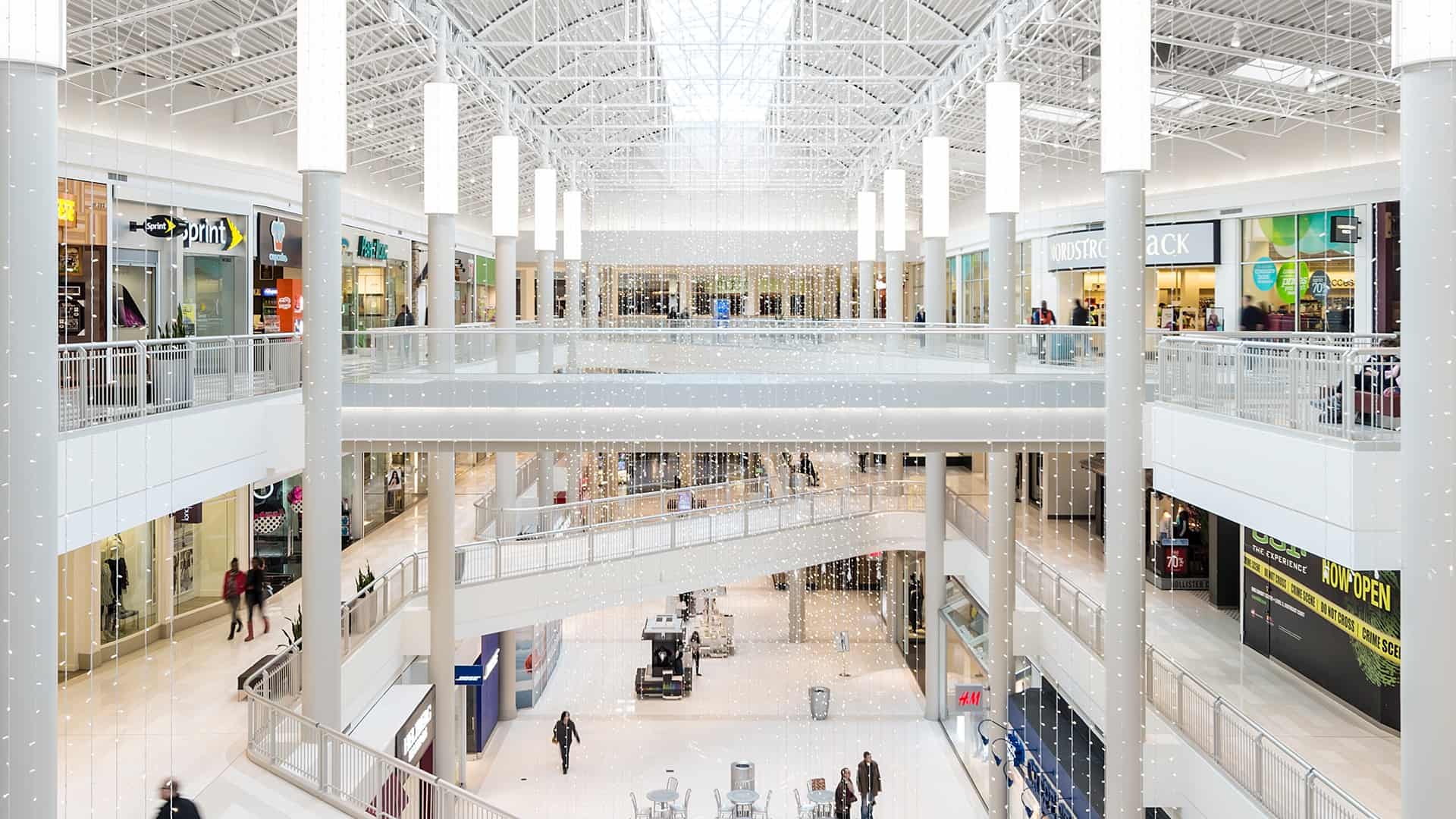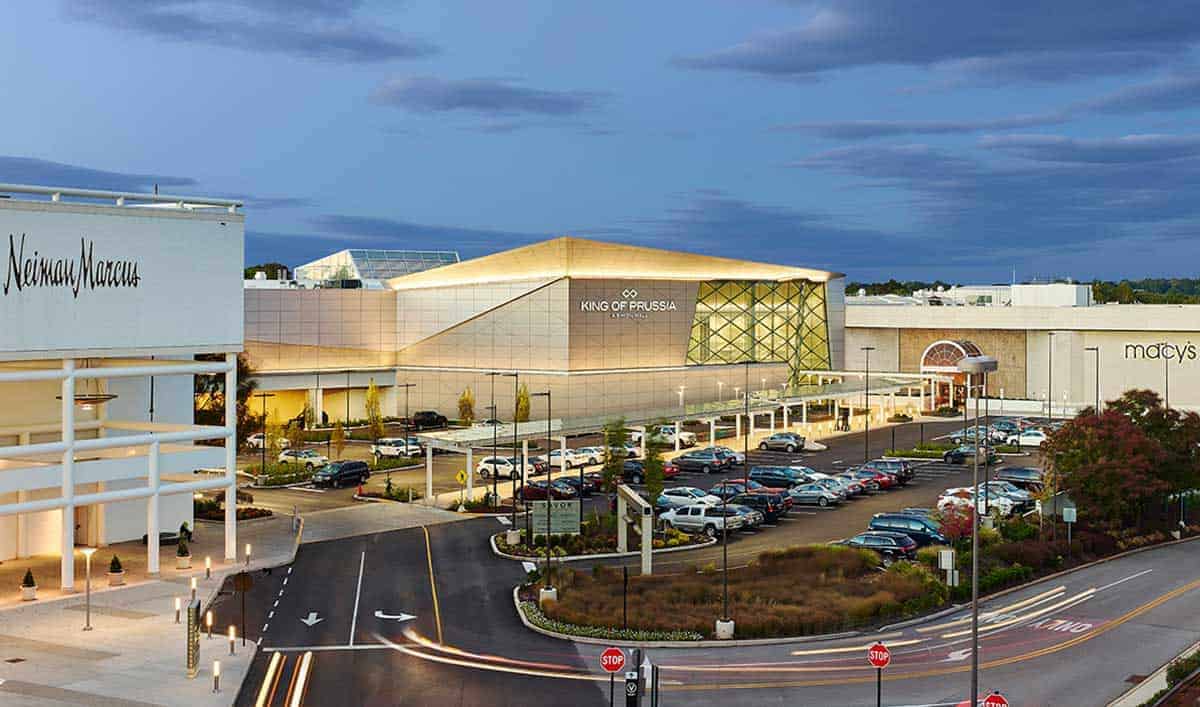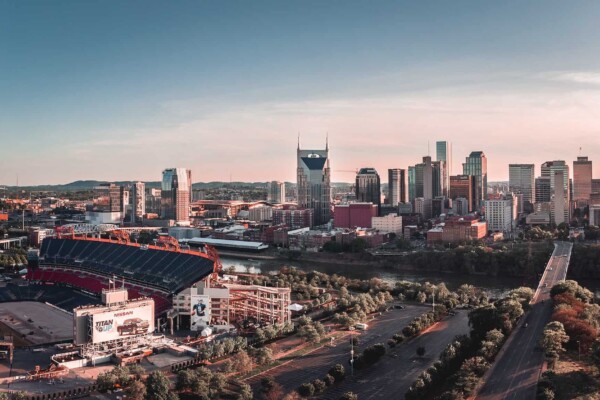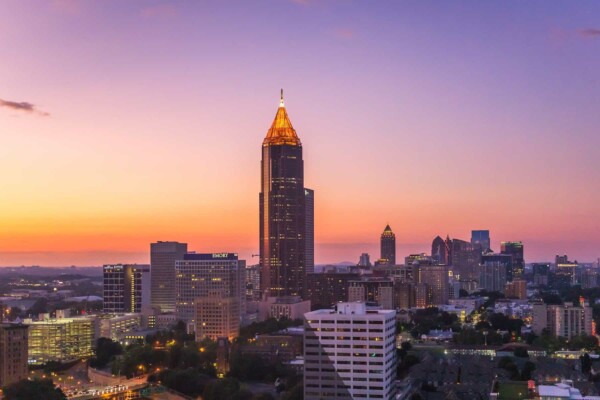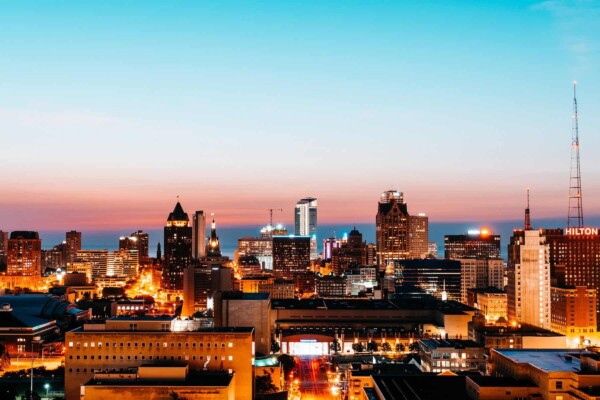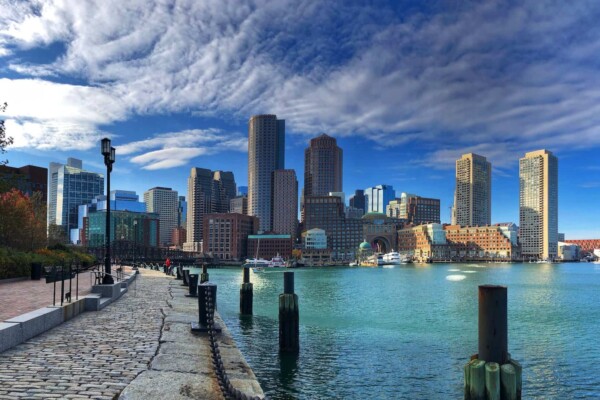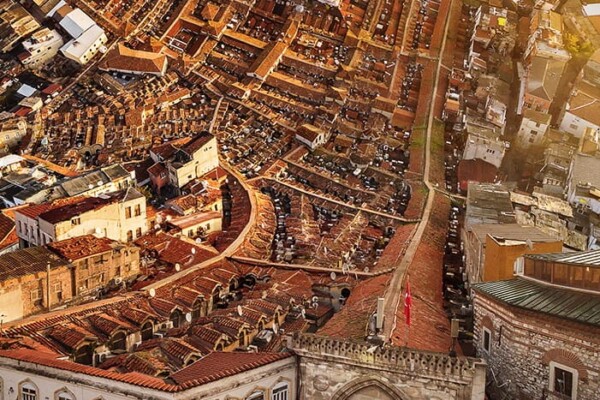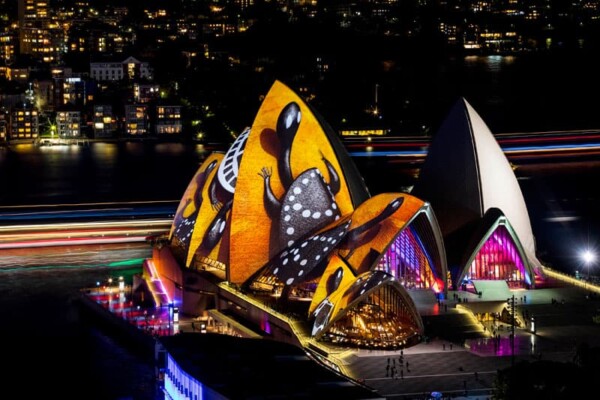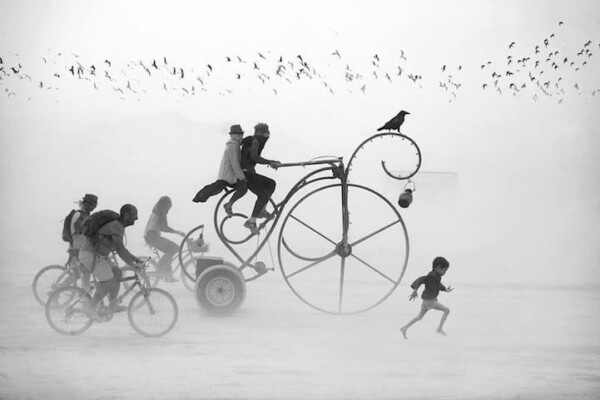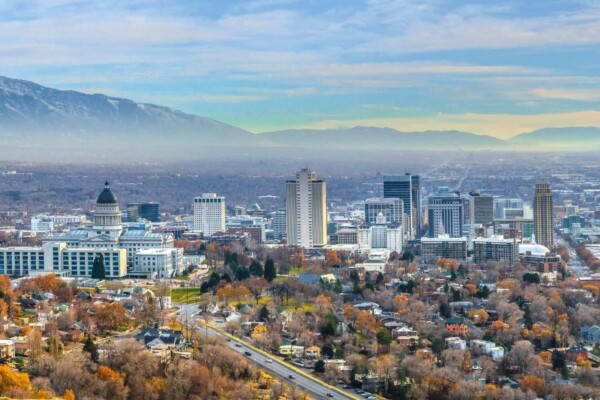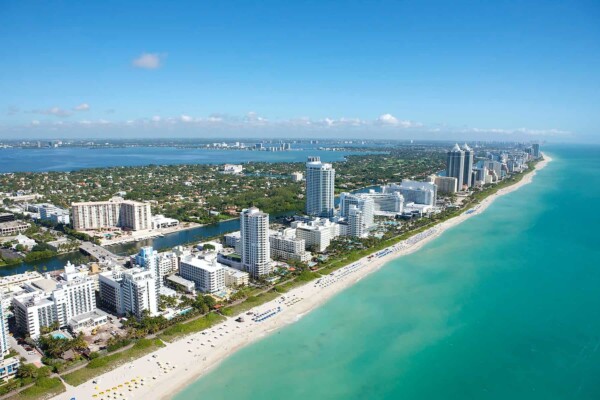Few spots better capture the essence of American consumerist society than the shopping mall. While the “shop ‘til you drop” craze skyrocketed in the 1980s, enclosed stores have existed in the United States for more than 60 years.
Quite frankly, for the 20th-century middle class, department stores shaped what it meant to achieve the American dream. These major retailers, which offered a plethora of brand names under one roof, were regarded as the entry point to fashion and extravagant trends previously reserved for the wealthy.
Today, the modest store has evolved into a gargantuan structure that includes cinemas, superstores, high-end department stores, and long rows of fine-dining and recreational choices. For some, a mall is simply a collection of stores. It is just a place where people can get all of what they need and some of what they dream of.
For others, a mall serves as a leisure center where they can socialize with friends, colleagues, and family. However, today, most people buy everything they need for their homes and wardrobes online while sitting on their living room sofa.
We all know that online shopping is convenient and has several benefits, but the increased use of sedentary habits has led to higher rates of anxiety, obesity, depression, and other health-related problems. Shopping is a pleasurable activity, and it shouldn’t be undertaken just for the sake of it.
World’s First Mall
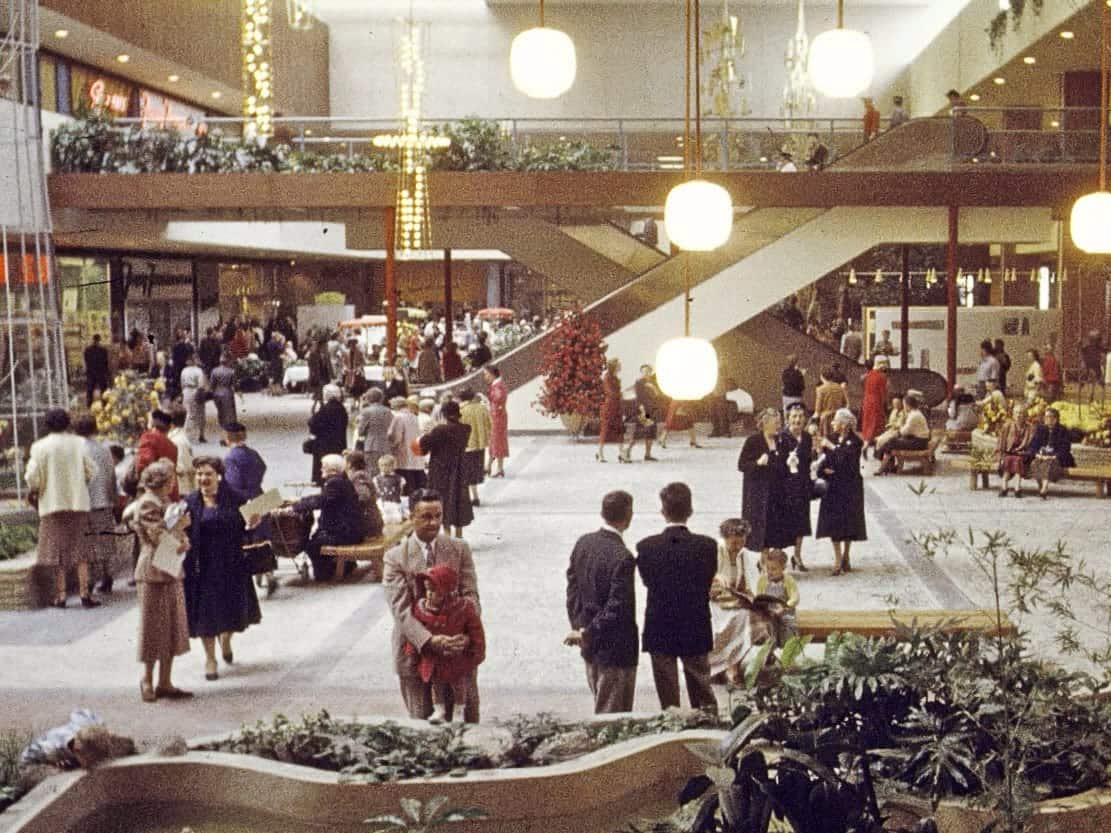
Shopping malls have withstood the test of time for more than a thousand years as bazaars, ancient market squares, or commercial centers around seaports. However, the contemporary shopping mall, which can range in size from small neighborhood retail stores to million-square-foot structures, originated in the 1920s.
The first shopping centers were deprived of the creative design of the modern mall. The underlying principle of mall construction was to develop a self-contained place where people could spend their time shopping and savoring a variety of entertainment. The majority of them were single-story structures.
Be that as it may, the mall’s journey began in the 1950s, during an unbelievable economic expansion in America. The middle class had more money to spare than at any point in history, and they spent it on households and automobiles.
The first mall in the United States was launched in 1956 in Edina, Minnesota, under the name Southdale Center. Unlike any other structure ever built, it contained not only shops, but also art exhibitions, fountains, a bird sanctuary, and a spacious patio, all contained inside a single enclosed complex. The mall earned mostly stellar reviews, with many comparing it to Disneyland, which opened a year earlier, in 1955.
The U.S. mall reached its zenith in 1992, along with its final advancement: the mega-mall.
The Largest Mall in the World
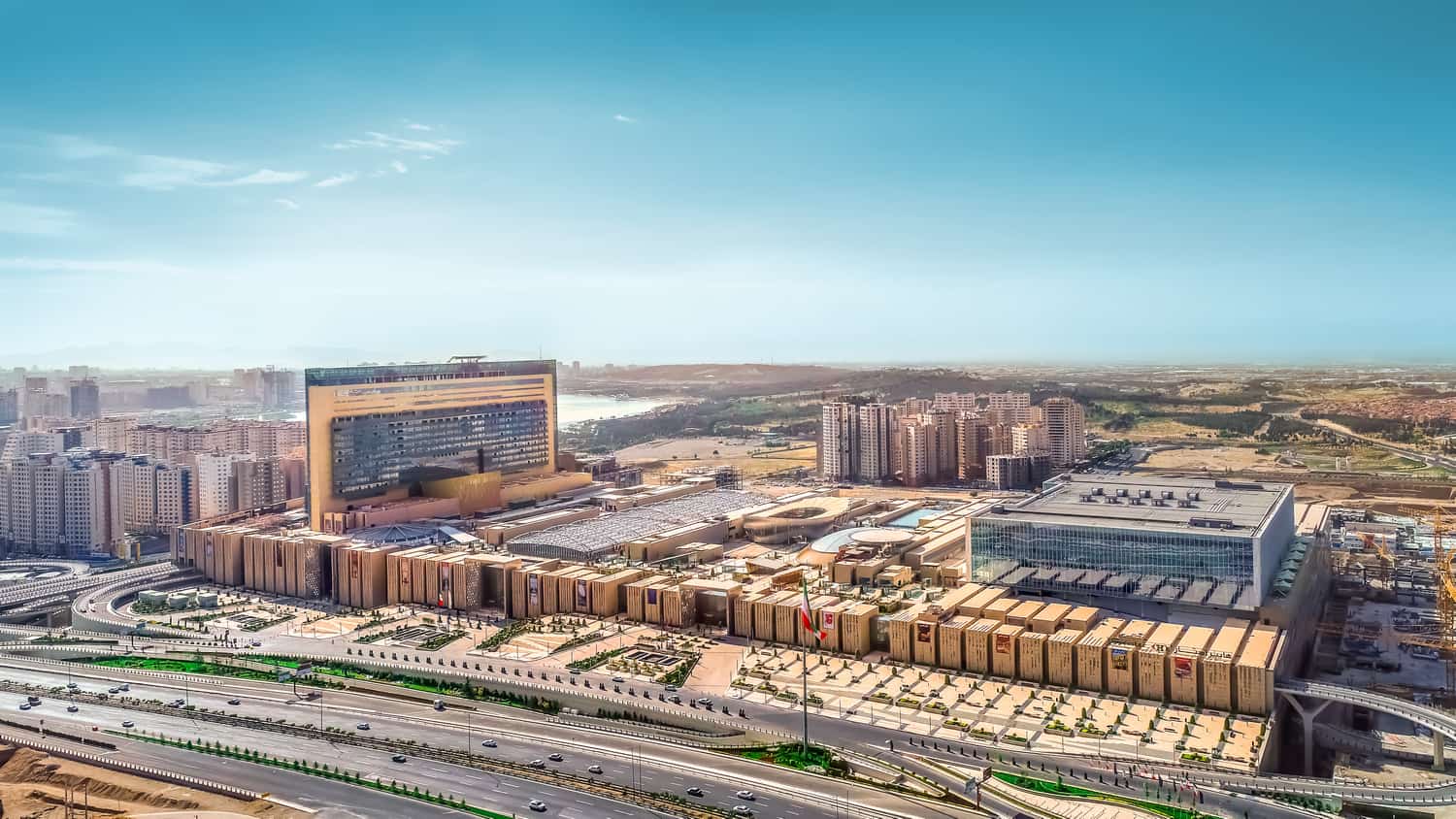
Today, the Iran Mall is the world’s biggest shopping mall. Located in northwest Tehran, near Chitgar Lake, it features nearly 700 retail stores, 200 restaurants dispersed across three food courts, numerous book stores, and 12 IMAX movie theaters. And let’s not forget the total land area of 21,000,000 sq. ft.
Additionally, there is ample space for both interior and exterior sporting activities, including 15 sports fields, tennis courts, swimming pools, and a 130,000 sq. ft. ice rink. This mall also features three hotels and was established with the support of over 25,000 workers. Iran Mall cost $1.5 billion to build and the first phase opened in 2018.
What Does the Future Hold for American Malls in 2022?
Humungous structures, spanning millions of square feet, have become synonymous with American mall culture. The bigger, the better. Despite that, in an age of social isolation, even America’s most magnificent malls are sinking fast.
Last year, we saw a record number of retail bankruptcy cases, followed by countless store closings. And that has been disastrous for malls, which rely heavily on such tenants.
Moreover, for years, online shopping and chain retailers have increased the burden on malls, driving people away and depriving these massive structures of the income they require to stay in business. Although mall foot traffic was higher in 2021 than it was in 2020, the future of these shopping conglomerates is still unknown.
Will shopping malls ever really regain their former prominence in American culture? Or will our post-pandemic prospects necessitate the search for new types of third areas? It is yet to be seen, but one thing is for sure: the biggest Malls in America below will entice even the most skeptical shoppers to leave their couches.
Besides housing anything from high-end designers to exquisite bookstores, all the malls on this list also provide something extra. Presume light shows, recreational places, and an abundance of restaurants, which makes even window shopping exciting.
Tip-off: this list will make you grab your wallet.
20. Lakewood Center, Lakewood, California
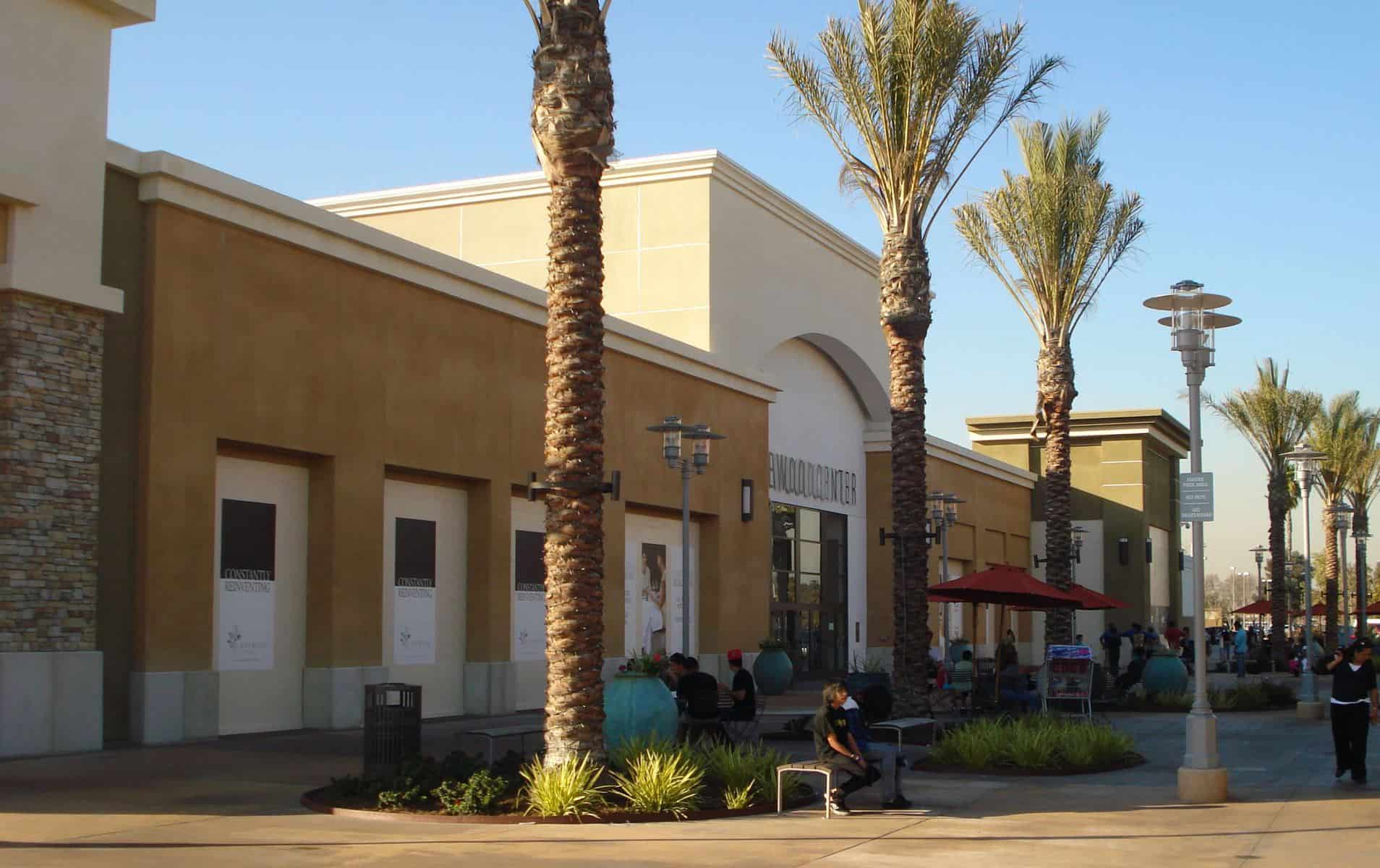
- Year opened: 1951
- Retail space: 2,070,000 square feet
Upon its grand launch in 1951, Lakewood Center grew into a renowned shopping location, lauded for its futuristic aesthetic and convenient vehicle access. Within the next 15 years, the space between the two main chain stores was filled with more shops, and the mall kept growing and adding stores like JC Penney in 1967.
Even though Lakewood Center has changed a little, it is still worth a visit because it was the site of the vanguard Mid-Century Modern mall’s layout, as well as the commercial soul of Lakewood’s postwar growth.
19. Green Acres Mall, Valley Stream, New York
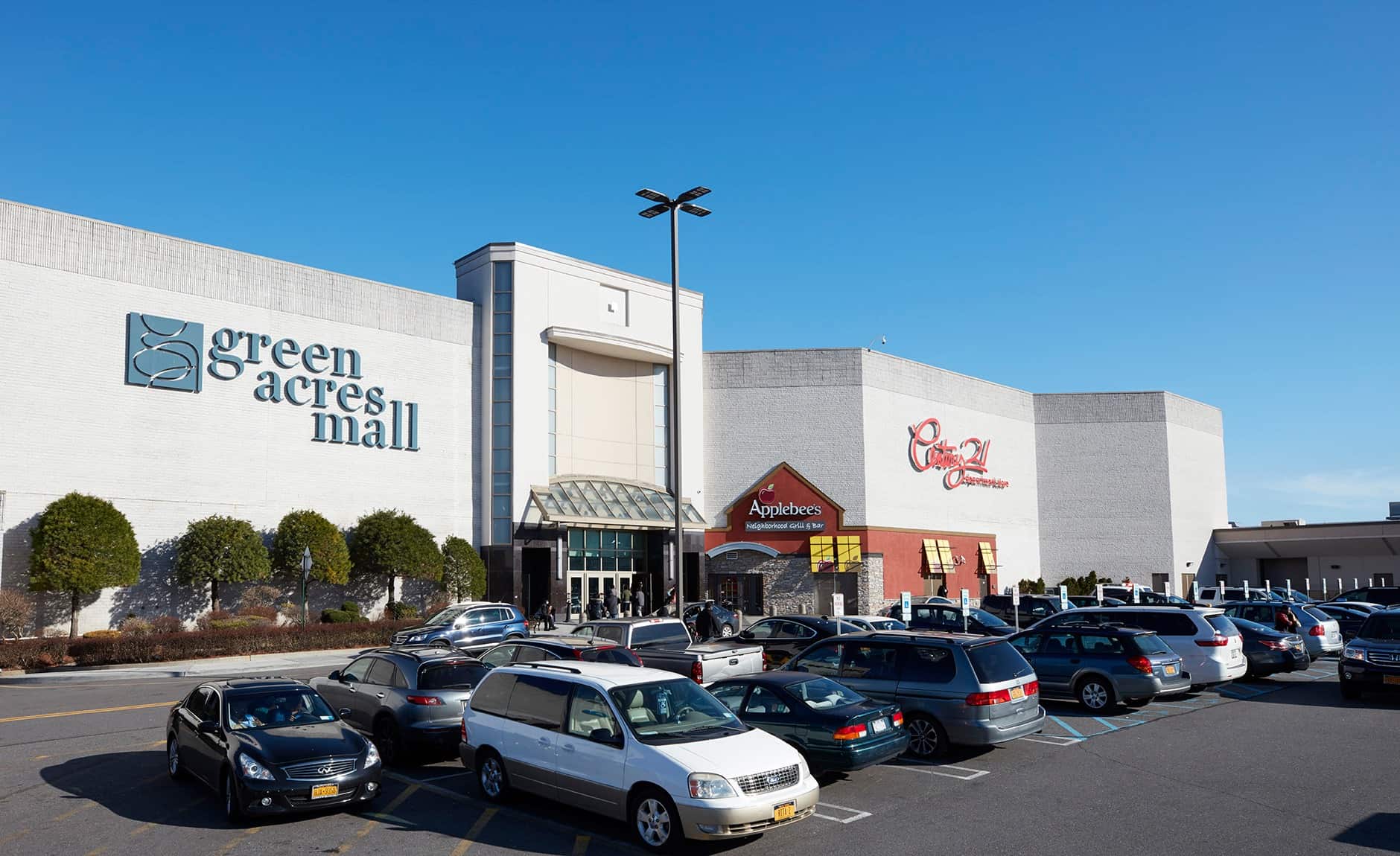
- Year opened: 1956
- Retail space: 2,081,000 square feet
Green Acres Mall is a retail park located near the border of New York City and it is home to many modern stores such as Victoria’s Secret, Macy’s, Pandora, Burlington, and Dick’s Sporting Goods. Apart from that, it features contemporary dining places, including Olive Garden, Buffalo Wild Wings, Applebee’s, BJ’s Restaurant & Brewhouse, and Red Lobster.
It was opened in 1956, in part on the former Columbia Aircraft Corporation site, and it was one of the first open-air shopping centers in the United States.
18. Westfield Garden State Plaza, Paramus, New Jersey
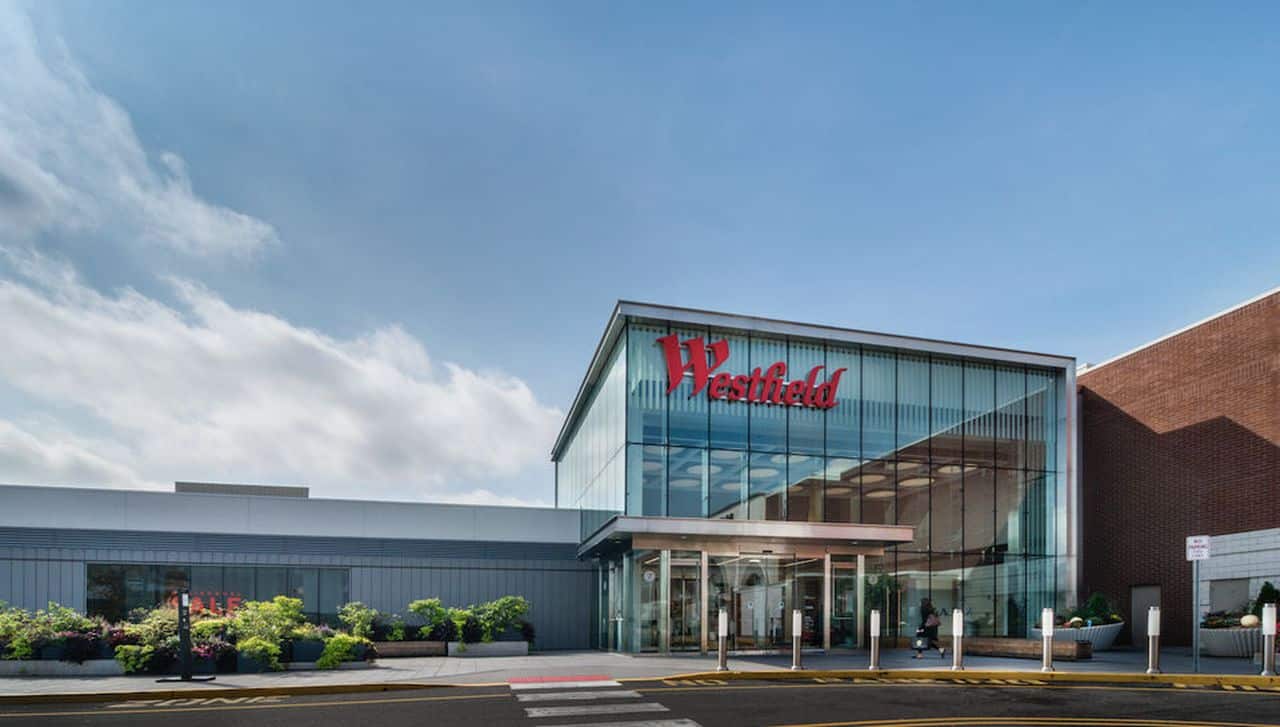
- Year opened: 1957
- Retail space: 2,118,718 square feet
As New Jersey’s largest shopping center, Westfield Garden State Plaza provides over 300 retailers and a pivotal food court. Its five department store hubs are Nordstrom, Macy’s, Lord & Taylor, Neiman Marcus, and JC Penney. Guests of the Plaza can also choose among a variety of independent stores and major brand shops.
Along with a diverse array of options at the Food Court, customers can loosen up at one of the multiple restaurant chains, including Ruby Tuesday’s, the Grand Lux Cafe, or Johnny Rockets.
Except for the cinema, as well as several diners, which have their own non-mall entryways, the Westfield Garden State Plaza is closed on Sunday.
17. Woodfield Mall, Schaumburg, Illinois
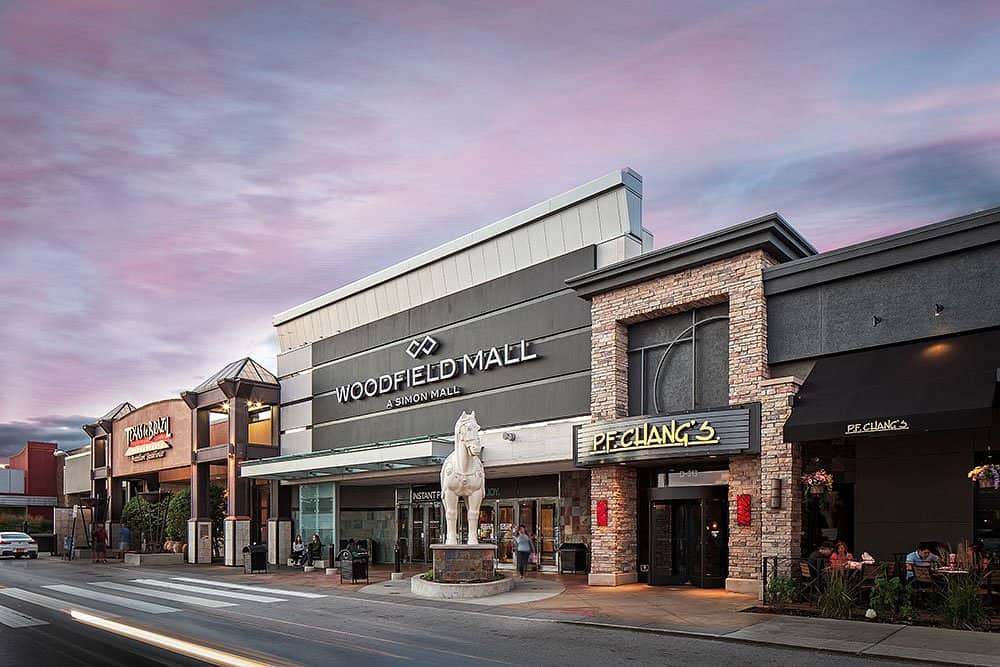
- Year opened: 1971
- Retail space: 2,150,557 square feet
Tucked away 40 minutes west of Chicago, Woodfield Mall is one of the major shopping attractions in the U.S. With over 2 million square feet of retail space, restaurants, and community facilities, it offers a distinctive blend of experiences that change with each journey.
This epic location awaits you with nearly 300 shops, department stores, and eateries.
16. Oakbrook Center, Oak Brook, Illinois
- Year opened: 1962
- Retail space: 2,166,615 square feet
Founded in 1962 as one of the country’s first open-air shopping areas, Oakbrook Center has become one of the leading retail locations in Illinois, situated just 30 minutes from the city of Chicago. This American hub captivates over 20 million visitors each year and has a trade area community of over 1.3 million citizens.
For this reason, Oakbrook Center is more than just a necessary retail store; it’s an environment made to entice consumers and bring people together.
15. Plaza Las America, San Juan, Puerto Rico
- Year opened: 1968
- Retail space: 2,173,000 square feet
Since its $300 million remodel in the fall of 2000, Plaza de las Americas has brought a huge selection of shopping, dining, and recreational opportunities to its consumers.
Plaza Las America Inc. is a subsidiary of a Puerto Rican private corporation that owns interests in a variety of different industries, such as dairying and urban real estate.vThe company is also highly involved in improving the island’s cultural and educational affairs.
14. Millcreek Mall, Erie, Pennsylvania
- Year opened: 1975
- Retail space: 2,200,000 square feet
At Millcreek Mall shopping center, you’ll discover an amazing list of major retailers, amenities, and dining options that will take your encounter to a whole new height. The compound, launched on November 10, 1975, was established by the Cafaro Company of Youngstown, Ohio, which continues to own and maintain it.
Thanks to Pennsylvania’s complete absence of an income tax on apparel, Millcreek Mall draws a lot of guests from New York, Ohio, and even Canada.
13. Palisades Center, West Nyack, New York
- Year opened: 1998
- Retail space: 2,200,000 square feet
Palisades Center is a four-level commercial center located just 25 miles north of New York City. It spotlights over 200 shops, 15 sit-down eateries, a pool hall, an ice skating rink, a six-story IMAX display, a comedy club, and the world’s highest enclosed ropes course.
With its remarkably extensive collection of glamorous boutiques and department stores, it is the sanctuary of all the brand names you crave.
12. Westfield Valley Fair, San Jose, California
- Year opened: 1956
- Retail space: 2,200,000 square feet
Placed in the heart and soul of Silicon Valley, Westfield Valley Fair is a premium mall, combining gourmet food, haute couture, relaxation, and entertainment.
This impressive shopping center puts on the line a three-story Bloomingdale’s, a beyond-comparable ShowPlace ICON movie theater, mesmerizing stores, and the ongoing sophistication of the property’s highly regarded Luxury Collection.
As a bonus, it boasts the finest customer service and the most up-to-date digital technology in retail.
11. Ala Moana Center, Honolulu, Hawaii
- Year opened: 1959
- Retail space: 2,270,186 square feet
The Ala Moana Center is a one-of-a-kind, extravagant attraction. Guests from all over the world are greeted with enchanting experiences, luxuries, and facilities that far exceed those found in standard shopping malls.
This center proves to be a glamorous, open-air dreamland, surrounded by the most exclusive boutiques and trendy places to eat. Ala Moana Center is home to an elite art collection that represents Hawaii’s enormous natural beauty and ethnic identity.
10. Sawgrass Mills, Sunrise, Florida
- Year opened: 1990
- Retail space: 2,273,898 square feet
The pinnacle of upscale shopping and fine dining, Sawgrass Mills, located in Sunrise, Florida, is the country’s major outlet. Keep in mind that if you want to navigate the 2.3 million square feet of retail space easily, you should wear comfortable shoes.
Whether you’re a high-end customer who adores deluxe brands like Prada, Gucci, and Versace, or a good-value shopper searching for the right deal on electronic goods, garments, or other products, this crocodile-shaped mall encompasses it all. After a long day of shopping, there are innumerable ways to unwind and have a great meal.
9. Roosevelt Field, Garden City, New York
- Year opened: 1956
- Retail space: 2,366,692 square feet
Do you enjoy overly neat shopping and high-class cuisine? Then, how about a day trip created solely for you, regardless of the weather? Allow us to take you to Roosevelt Field, Long Island’s largest enclosed shopping mall, with over 250 stores and 40 restaurants.
Roosevelt Field’s marketing strategy is built to highlight a diverse range of renters while trying to entice a diverse customer base. This shopping center is home to five department stores, more than any other on Long Island: Macy’s, Neiman Marcus, Nordstrom, JC Penney, and Bloomingdale’s. Furthermore, the structure showcases a multi-level Dick’s Sporting Goods store and an AMC cinema.
The general plan of Simon Property Group is aimed at persuading a broader range of shoppers to choose the mall over online competitors.
8. Destiny USA, Syracuse, New York
- Year opened: 1990
- Retail space: 2,400,000 square feet
Greetings from Destiny USA, one of the largest shopping, dining, and entertainment destinations in the country, visited annually by 26 million guests. It combines traditional shopping center locations with outlet and production line stores underneath one building.
Along with these, the mall features a few more distinct and memorable experiences suitable for all ages. Visitors can drive a rally car, climb a rope tow, play golf, explore a mirror labyrinth or watch an I-Max film, all of which add up to a full day of wonder and thrill.
7. The Galleria, Houston, Texas
- Year opened: 1970
- Retail space: 2,400,838 square feet
Where can you locate Houston’s finest selection of designer bags, clothes, and accessories? By all means, the response is at The Galleria mall.
With over 375 shops, 30 restaurants, and two hotel chains, The Galleria is one of the country’s finest shopping locations, drawing more than 24 million visitors each year. It is home to many prestigious designers, such as Chanel, Louis Vuitton, Cartier, Jimmy Choo, and Ralph Lauren.
The Galeria Mall is Texas’ largest and, in many eyes, its best mall. Did we mention that there is an enclosed full-size ice-skating rink, as well?
6. Del Amo Fashion Center, Torrance, California
- Year opened: 1961
- Retail space: 2,500,000 square feet
As a three-level major shopping complex in Torrance, California, the Del Almo Fashion Center, currently held and controlled by the Simon Property Group, is a haven for high-end shoppers.
The top shopping escape in South Bay invites you to take in the coastal-chic design. This mall is a front-runner in Southern California because of its richly endowed light, living green features, palm trees, beautiful architecture, and a whole lot more.
5. Aventura Mall, Aventura, Florida
- Year opened: 1983
- Retail space: 2,700,000 square feet
Aventura Mall is the venue where you should go if you’d like to indulge in some shopping therapy while in Miami. Besides its outstanding art gallery, highly regarded boutiques, and world-renowned eateries, this sprawling mall exudes an air of sophistication.
Regardless of being a well-known milestone, Aventura Mall is constantly evolving, bringing new things to the table for culture vultures, fashionistas, and foodies.
4. South Coast Plaza, Costa Mesa, California
- Year opened: 1967
- Retail space: 2,738,730 square feet
Located in Costa Mesa, South Coast Plaza is one of the nation’s most prestigious and lavish shopping venues. With over 250 upmarket stores, it has the greatest number of deluxe clothing designers in the United States.
This shopping hub can stand firm against the fancies of London’s Bond Street, Bahnhofstrasse in Zurich, Paris’s Avenue Montaigne, or the famous Fifth Avenue in New York.
It’s a popular destination for those looking for high-end shopping, upscale boutiques, and world-class cuisine. South Coast Plaza is just a short drive from some of Orange County’s most awe-inspiring places of interest.
3. King of Prussia Mall, King of Prussia, Pennsylvania
- Year opened: 1963
- Retail space: 2,793,200 square feet
King of Prussia Mall is Paris-chic without the fuss of taking a plane to Paris. Shopping at this vast one-stop shop is a breeze, and you’ll likely find more than you bargained for. There is a lot to choose from at the King of Prussia Mall in terms of diversity and customer experience, and smaller stores will surely follow suit to the fullest extent.
Initially established by the Kravco Company, an open-air shopping mall called The Plaza opened in 1963 in King of Prussia with JC Penney, a discount department store called E.J. Korvetted, and a supermarket named Acme as its three main anchors. By the late 1970s, the mall had constructed a fully enclosed section that linked the three department stores to a patio.
Even though it is one of the largest malls in the country, the King of Prussia maintains an intimate touch.
2. American Dream, East Rutherford, New Jersey
- Year opened: 2019
- Retail space: 3,000,000 square feet
There is much more to the American Dream complex than a shopping mall. You could go ice skating, rent a gyro, plunge into a massive pool, or shop for more garments than you can possibly wear.
The American Dream Mall is the best place to take the family for a fun-filled day indoors. It blends high-end shops with special dining spots, all within minutes of New York, making it a true breakaway for all of your social needs.
However, since it was opened just before the pandemic, the American Dream seems unable to capitalize on opportunities. A fire at one of the mall’s most popular places, more cases of the Omicron version in New York, and the damage caused by Hurricane Ida all took a big toll on sales during what could have been its best period yet.
1. Mall of America, Bloomington, Minnesota
- Year opened: 1992
- Retail space: 5,600,000 square feet
As you have probably guessed, the Mall of America is the biggest retail mall in the country. But, have you ever wondered how large it is? It is big enough to fit nine Yankee stadiums. Or, if you favor a different metric, there are 18 Colosseums, 103 White Houses, 10 Great Pyramids, and 347 Statues of Liberties.
The Mall of America represents much more than a shopping center. It is a destination. It is one of the world’s most popular tourist spots, luring more than 40 million visitors every year—more than twice the number of visitors to the world’s largest theme park, Walt Disney World’s Magic Kingdom. In fact, four out of ten of the Mall of America’s guests are tourists.
If you decided to spend ten minutes at each store, your shopping would last up to 92 hours. Best of luck with that! And that’s not all. It is so big that it has its own postal code and 11,000 year-round employees. As the nation’s top indoor amusement park, the mall’s Nickelodeon Universe features 28 thrill rides.
Tri-Five Group, owned by the Ghermezian family, is the company that holds and manages the massive Mall of America.
Final Words
Having said that, one thing is beyond question: all the shopping centers mentioned above cater to customers who prefer to see, grasp, and try on goods personally and who would choose to take their purchases home as soon as possible rather than wait days for a parcel to show up via delivery. In other words, it’s the strategic edge that malls rely on against major online retailers.
Contents
- World’s First Mall
- The Largest Mall in the World
- What Does the Future Hold for American Malls in 2022?
- 20. Lakewood Center, Lakewood, California
- 19. Green Acres Mall, Valley Stream, New York
- 18. Westfield Garden State Plaza, Paramus, New Jersey
- 17. Woodfield Mall, Schaumburg, Illinois
- 16. Oakbrook Center, Oak Brook, Illinois
- 15. Plaza Las America, San Juan, Puerto Rico
- 14. Millcreek Mall, Erie, Pennsylvania
- 13. Palisades Center, West Nyack, New York
- 12. Westfield Valley Fair, San Jose, California
- 11. Ala Moana Center, Honolulu, Hawaii
- 10. Sawgrass Mills, Sunrise, Florida
- 9. Roosevelt Field, Garden City, New York
- 8. Destiny USA, Syracuse, New York
- 7. The Galleria, Houston, Texas
- 6. Del Amo Fashion Center, Torrance, California
- 5. Aventura Mall, Aventura, Florida
- 4. South Coast Plaza, Costa Mesa, California
- 3. King of Prussia Mall, King of Prussia, Pennsylvania
- 2. American Dream, East Rutherford, New Jersey
- 1. Mall of America, Bloomington, Minnesota


